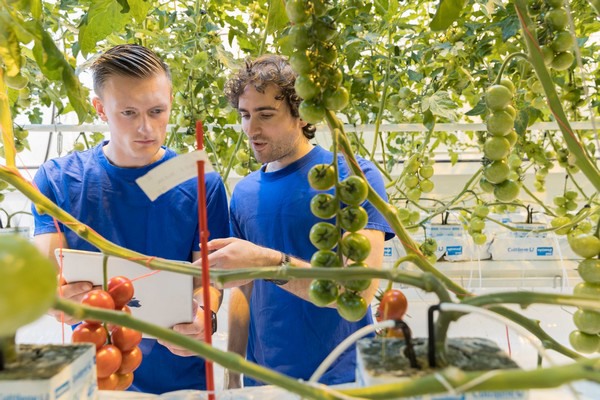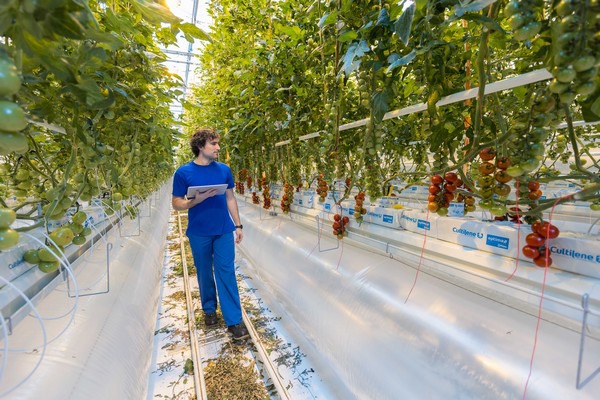What is an Anomaly and how do we benefit from it? The principles of Anomaly Detection have already been adopted in many industries from Aviation and Manufacturing to the Oil and Gas industry and logistics. In this article, Jorben van der Lugt, sales manager with Pylot describes how anomalies can be detected in the greenhouse. He starts with the basics.
Definition of anomaly detection
What is the definition of Anomaly detection? Anomaly detection (aka outlier analysis) is a step in data mining that identifies data points, events, and/or observations that deviate from a dataset's normal behaviour. Anomalous data can indicate critical incidents, such as a technical glitch, or potential opportunities, for instance, a change in consumer behaviour.

Jorben van der Lugt and Alessandro Barucci
But how do we put anomalies to use in the greenhouse industry? The questions that need to be asked: Where is the abnormal behaviour and when will it occur? Where and when have failures happened? How can one predict unplanned failures before they occur?
Putting anomalies to use
Also in your greenhouse, there’s a set of machine, computers or equipment that are able to record in-time values of data generated by sensors. Valuable data can be put to use. As a manager and grower, you want to target unplanned downtime and incidents that might damage your crop or greenhouse performance.
So why not use a tool which detects and enables you to take precautions to prevent crop damage and a decrease in productivity. Actually being a step ahead and making growing easier.

Pylot is a platform that makes use of anomalies in greenhouses and even goes beyond. Anomaly detection isn’t too complex. It relies on patterns and detects events that don’t fit the pattern. But what happens when you add intelligent logic and expert knowledge from growers and consultants? Then you get functionality that actually helps managers and growers. This feature is already available in the Pylot platform which is called “Climate Insights”.
Hardware anomalies
Anomalies can be used to find a glitch in the functioning of your hardware. For example, detecting a CO2 sensor that gives offset values. It can also detect a failure of a heat pump or predict the wear and tear of your screen system.


 Pylot
Pylot